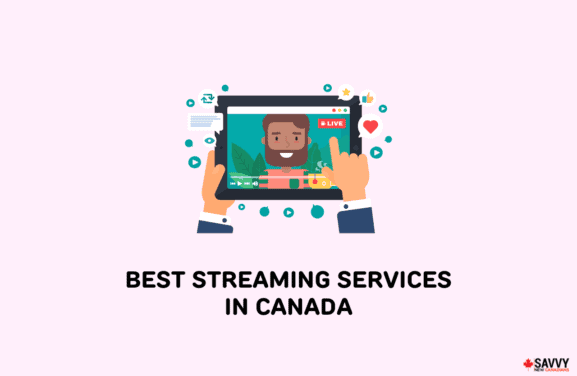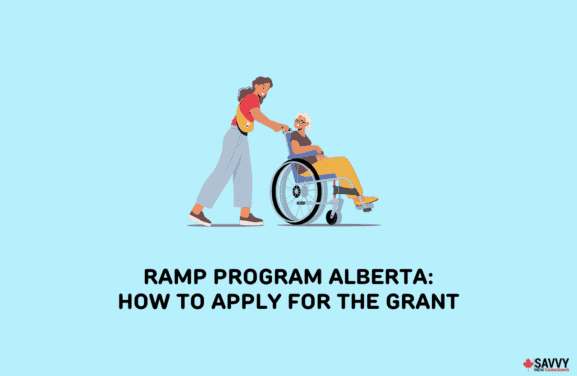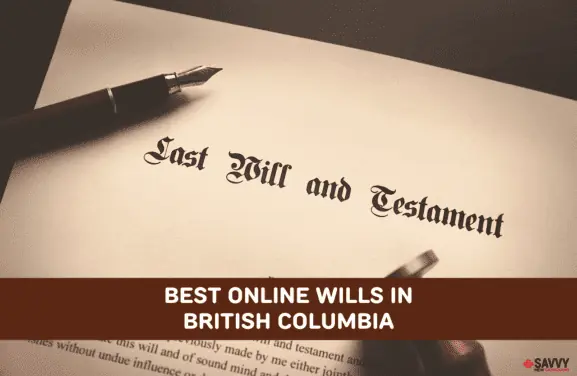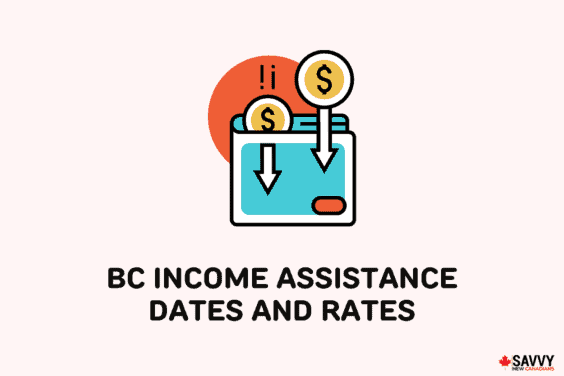Apart from just saving for retirement, there are other not-so-well-known uses of the RRSP, including the Home Buyers’ Plan (HBP) and Lifelong Learning Plan (LLP).
While you should focus on growing your RRSP over time so you have enough funds available when you retire, there are some scenarios where you need to withdraw funds before retirement.
Home Buyers’ Plan
The home buyers’ plan is a government of Canada initiative that allows individuals to withdraw up to $35,000 from their RRSP to purchase a home.
Eligibility and Rules For the Home Buyers’ Plan
- An individual must be considered a first-time homebuyer to qualify for the home buyer’s plan. First-time here means that they (or their current spouse or common-law partner) must not have resided in a home that they owned in the last four years before the withdrawal. This rule is different for those with disabilities.
- You must have a written agreement to buy or build a qualifying home. A mortgage pre-approval from the bank does not satisfy this condition.
- You can withdraw up to $35,000 (or a total of $70,000 for a couple)—complete form T1036 to request funds from your RRSP.
- You must be a resident of Canada at the time of withdrawal.
- The RRSP contribution you are withdrawing must have been made at least 90 days before a withdrawal.
- You must buy or build the qualifying home before October 1 of the year after the year of withdrawal.
- You must start to make repayments to your RRSP the second year after the year you withdrew from your RRSP. For example, if you withdrew funds for HBP in 2021, you must make repayments in 2023.
- You have up to 15 years to repay the amount you withdrew for the HBP to your RRSP. At least 1/15th of the original withdrawal amount must be paid each year. If you pay more than the required amount, it will reduce your HBP balance and the repayment amounts for the following years. If you pay less than the required amount, the balance is added to your income and may be taxed. Complete Schedule 7 to show repayments made for the year when submitting your income tax return.
- Funds received from the HBP are not required to be used for a down payment on a home. It can also go into funding renovations, furnishings, and other expenses.
Home Buyers’ Plan Strategy
If you are in a high tax bracket, you can borrow $25,000 or more to contribute to your RRSP (if you have a contribution room) and then withdraw it after 90 days for the HBP. Include your RRSP contribution of $25,000 in your tax return for the year.
Assuming a marginal tax rate of 40%, your tax rebate will be $10,000 (40% of $25,000). You can repay your loan and add the tax rebate to your home purchase or use both.
Lifelong Learning Plan
This plan allows you to pay for full-time training or education for you or your spouse. You can withdraw up to $10,000 from your RRSP annually up to a maximum of $20,000.
Unlike the RESP, you cannot use the LLP to pay for your children’s post-secondary education.
Eligibility and Rules for the Lifelong Learning Plan
- You own an RRSP and are a resident of Canada.
- You have enrolled or have received an offer to enroll before March of the following year at a designated educational institution and in an admissible program.
- You must be a full-time student (or part-time for students with a disability).
- You can withdraw up to $10,000 annually up to $20,000 in total (or $40,000 if a couple returns to school). Use Form RC96 to make a withdrawal.
- The amount you withdraw doesn’t have to be limited to your tuition or educational expenses. It can also cover other living expenses like food, rent, etc.
- Canada Revenue Agency will send you a Lifelong Learning Plan statement of account each year that shows your withdrawals and current balance.
- You have up to 10 years to repay the amount withdrawn to your RRSP. Each year you have to repay a minimum of 1/10th (10%) of the amount borrowed. When your repayment starts depends on when you stop qualifying for the education tax credit as a full-time student for at least three months. See more repayment details here. Complete Schedule 7 and file this with your tax return for each year.
- If you pay less than the required amount per year, the balance is included in your income and may be taxed. If you pay more than the required amount, it lowers your LLP balance and the amount you must pay in the following years.
While raiding your retirement pot does not sound very attractive, depending on your circumstances, it could be your best option.
If you or your spouse need to pay for further education to increase your employment choices or future income potential, the LLP is one of the funding options available.



